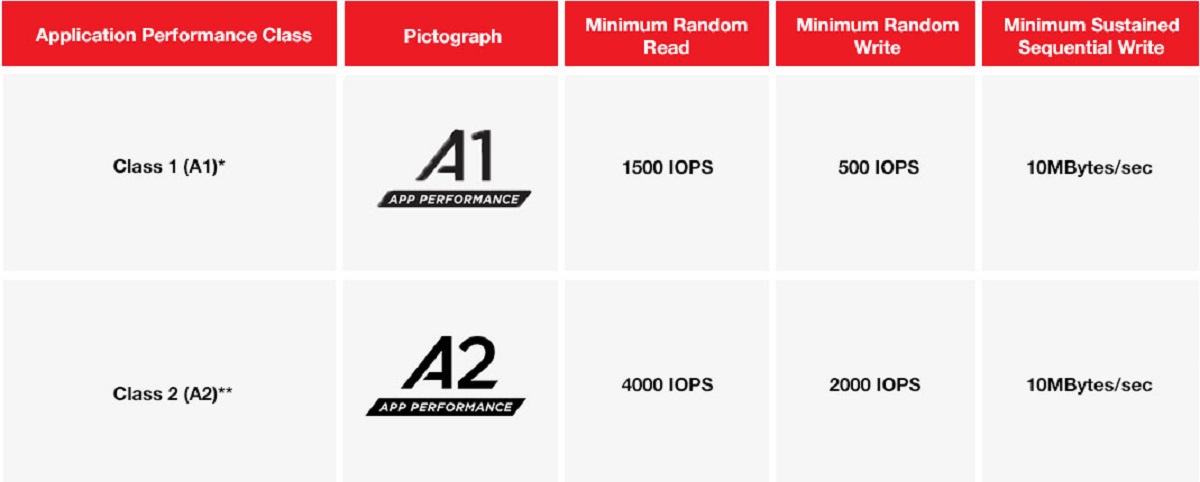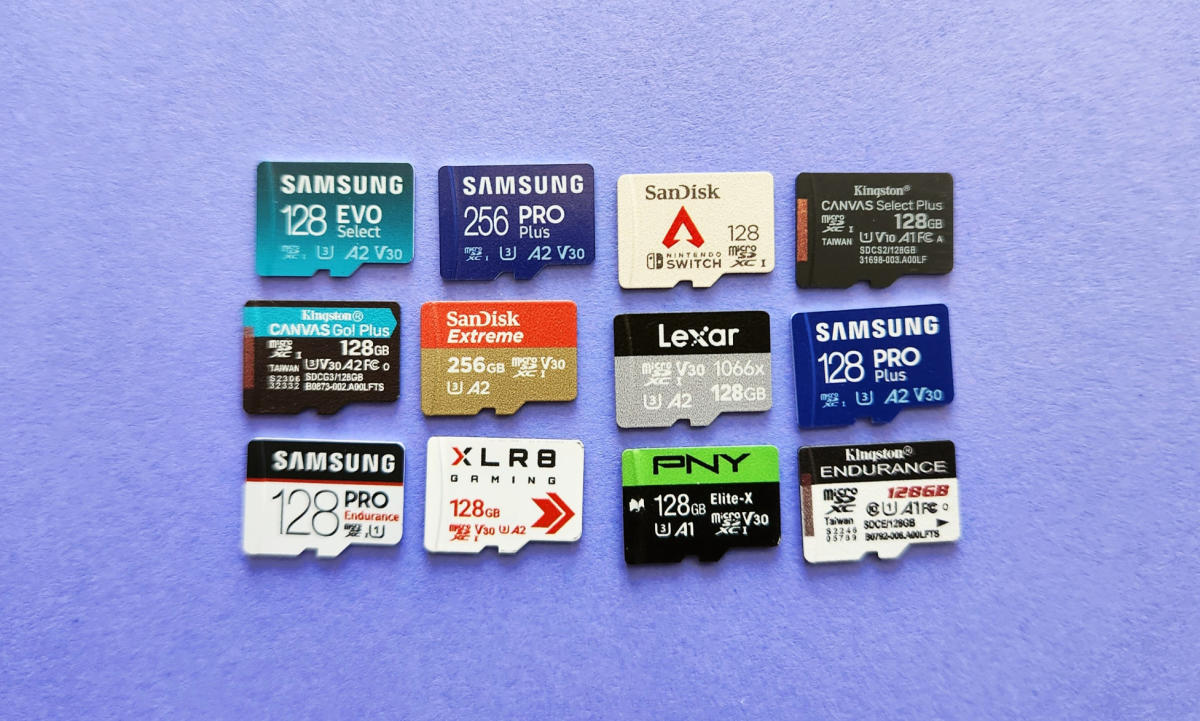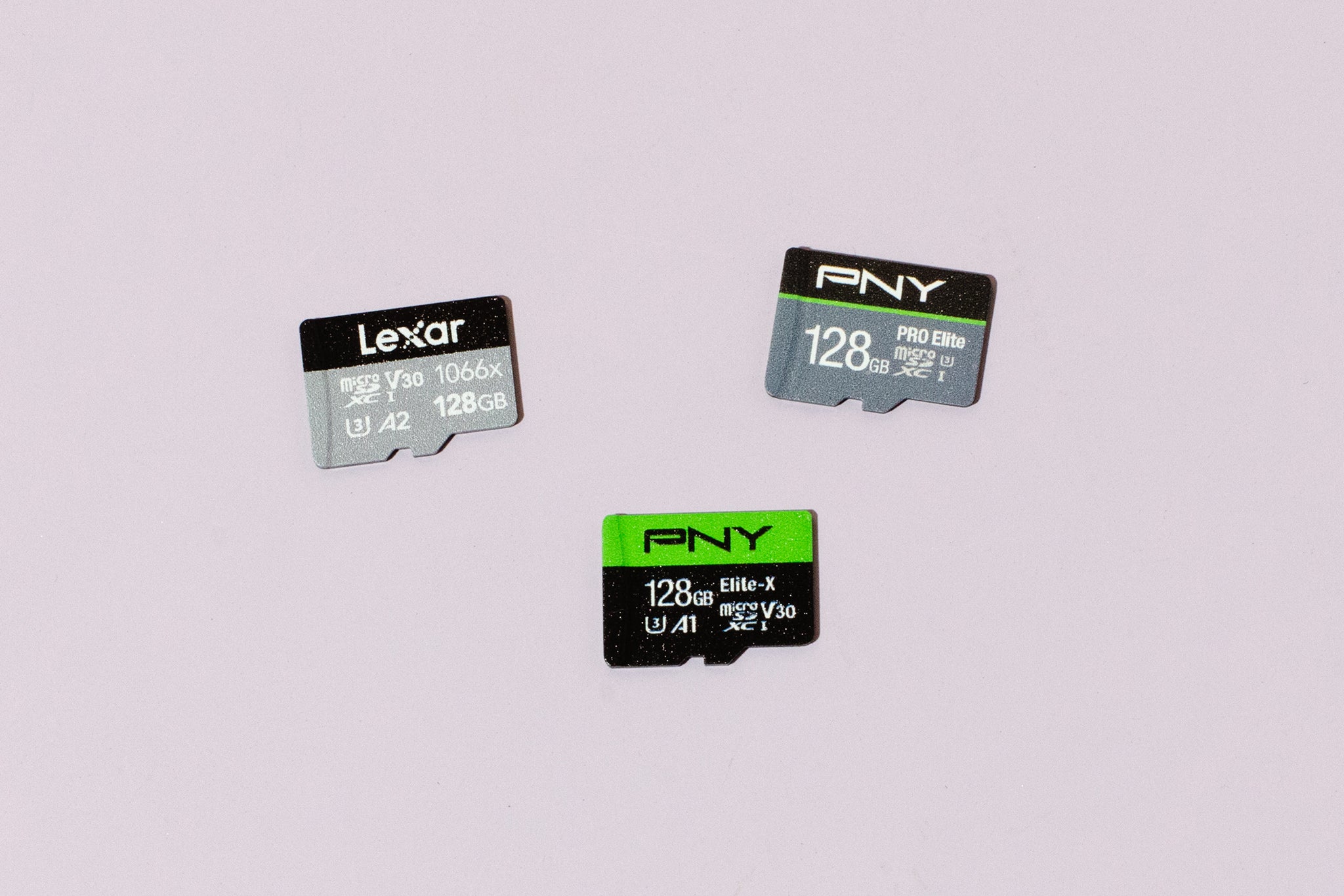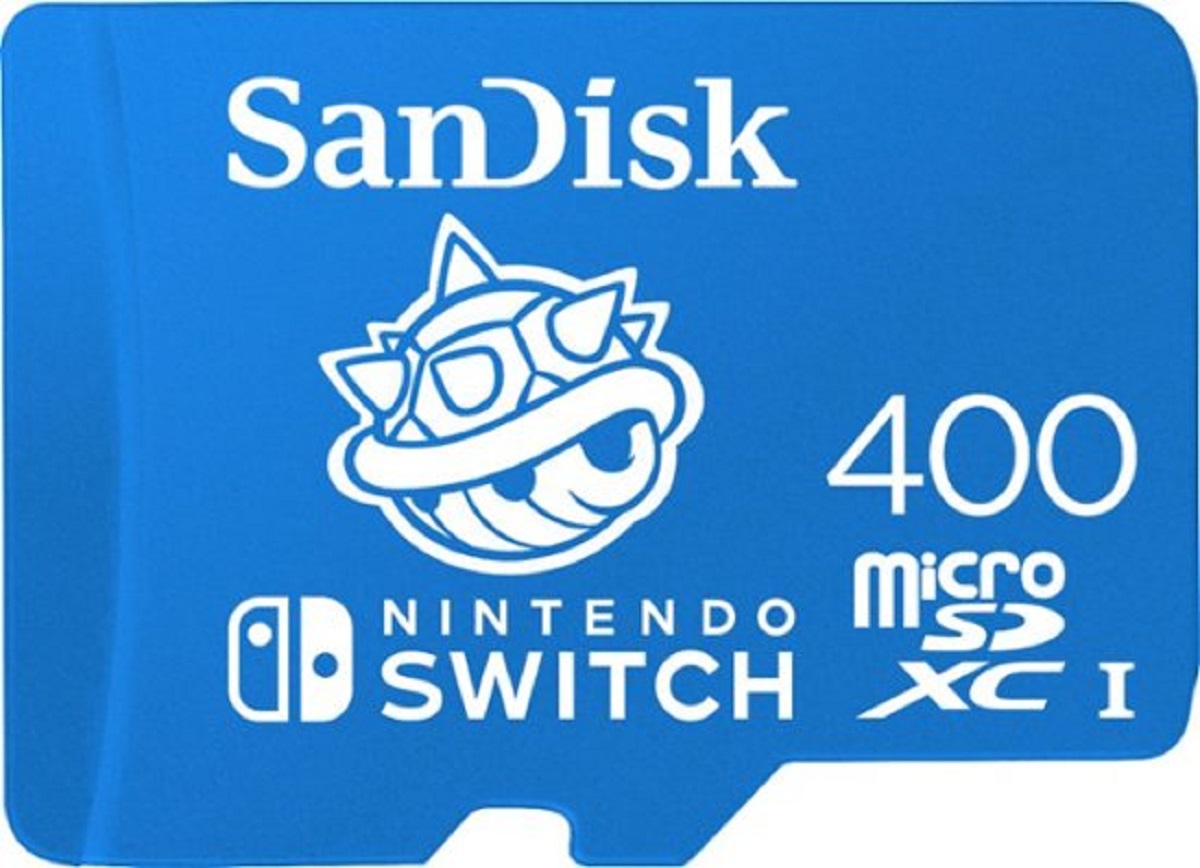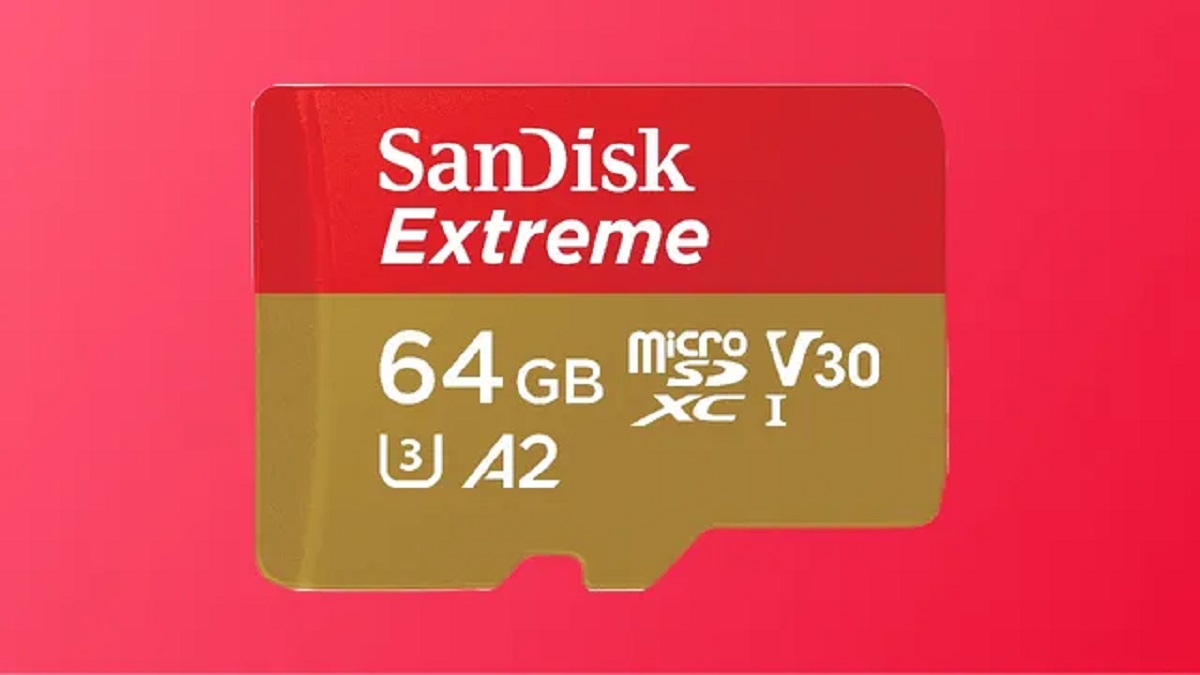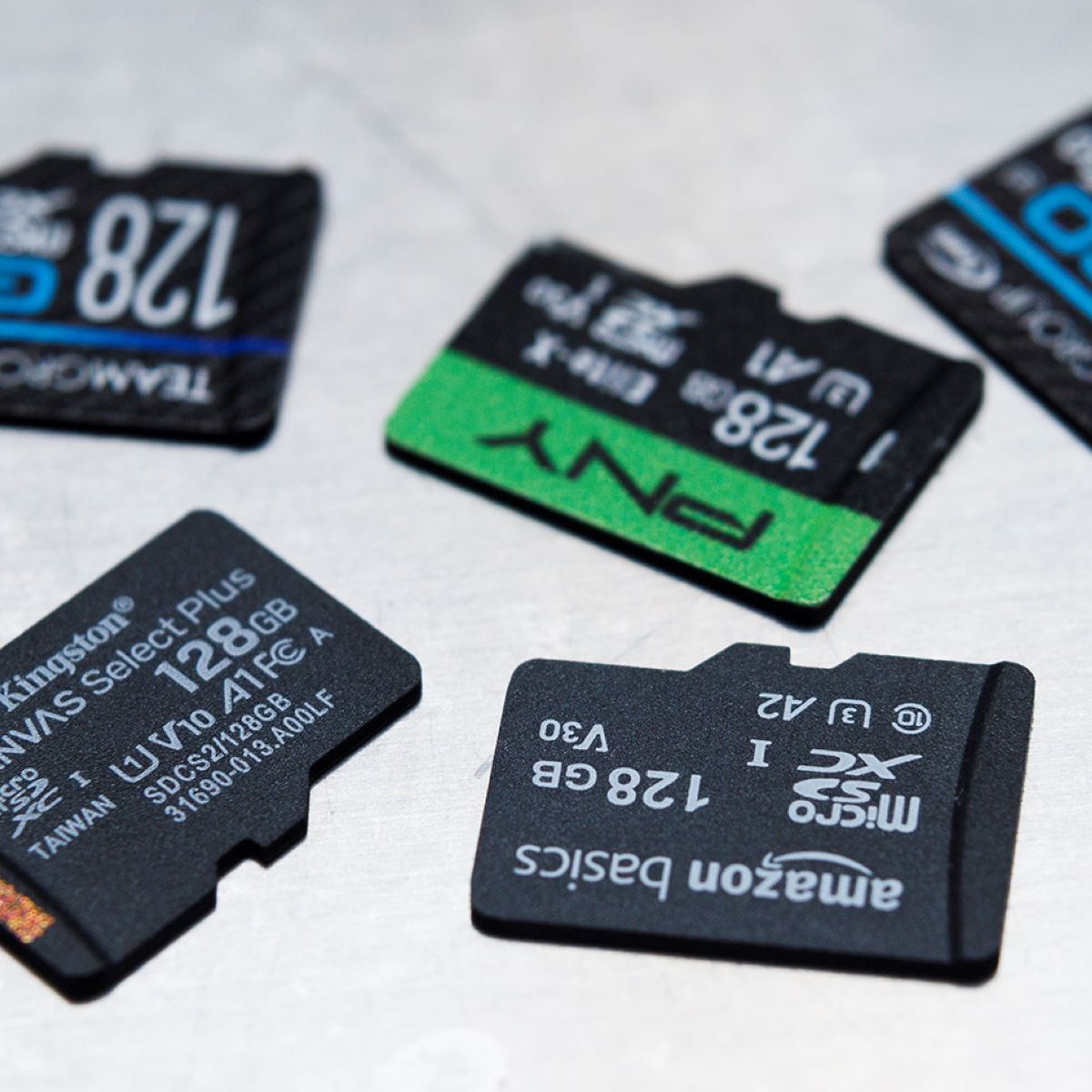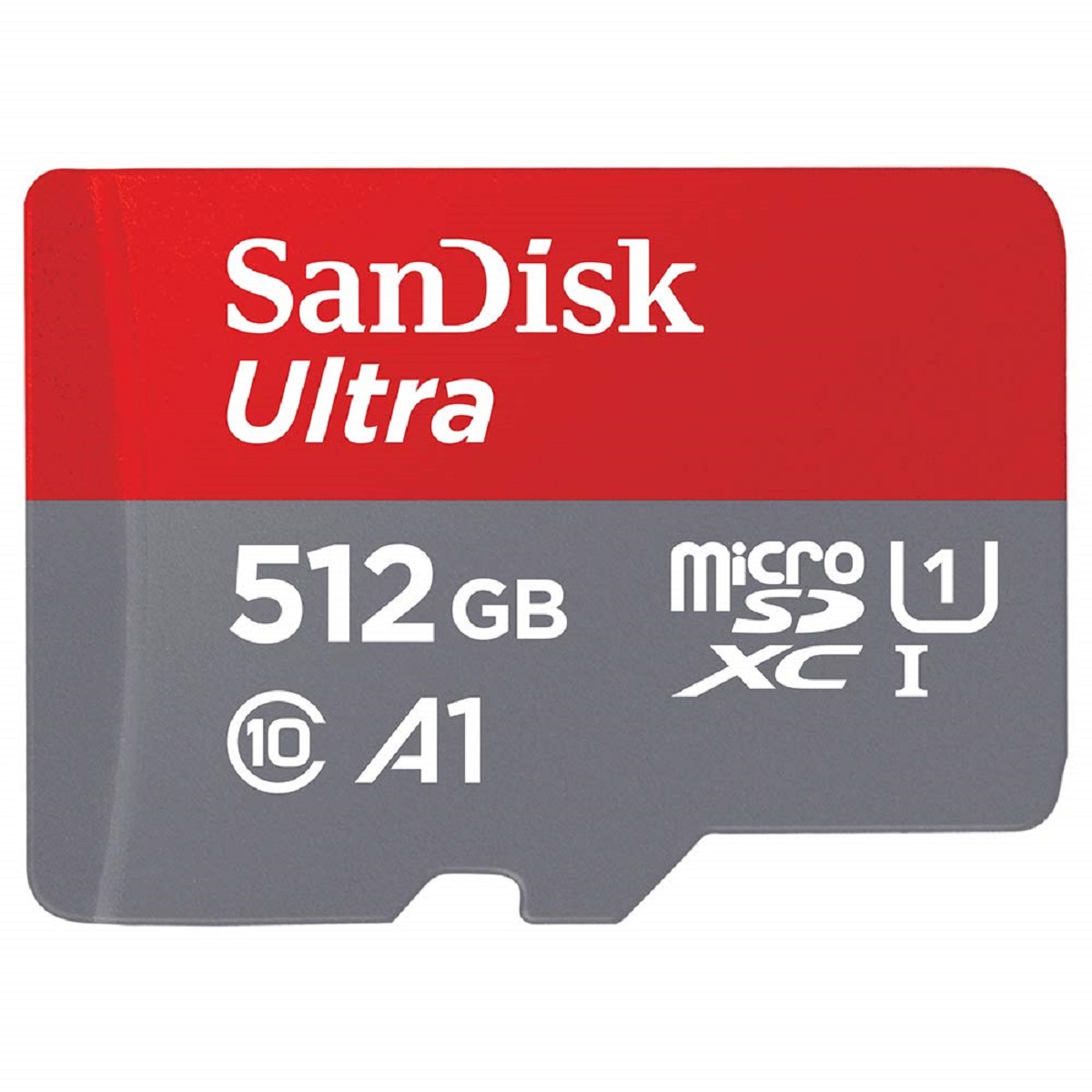Introduction
SD cards are commonly used removable storage devices that are widely used in various electronic devices like cameras, smartphones, tablets, and more. They provide a convenient and portable way to store and transfer data. When shopping for an SD card, you may come across the term “A1” on certain models. But what does “A1” mean on an SD card?
The “A1” rating on an SD card refers to the Application Performance Class 1. It is a performance standard that was introduced by the SD Association to indicate that the card meets specific requirements for running applications smoothly and efficiently. In other words, an A1 rated SD card is optimized for better app performance, making it an ideal choice for devices that rely heavily on running apps, such as smartphones and tablets.
While the primary purpose of an SD card is storage, the A1 rating takes it a step further by focusing on the card’s ability to handle random read and write operations, which are essential for running applications. This feature becomes increasingly important as modern smartphones and other devices rely heavily on apps for various tasks like gaming, multitasking, and running resource-intensive applications.
Definition of A1 on SD Card
When it comes to SD cards, the term “A1” refers to the Application Performance Class 1. It is a performance standard set by the SD Association, a non-profit organization that establishes specifications for SD cards. The A1 rating was introduced to ensure that SD cards are capable of delivering optimal performance when running applications, making them an excellent choice for smartphones, tablets, and other devices that heavily rely on app usage.
The A1 rating focuses on the card’s ability to handle random read and write operations, which are crucial for running applications smoothly. This means that an A1 rated SD card is designed to provide faster access to app-related files, resulting in improved app launch speeds, reduced loading times, and overall enhanced performance.
Furthermore, the A1 rating indicates that the SD card meets specific requirements for input/output operations per second (IOPS). It ensures that the card can handle a minimum number of IOPS when performing random read and write operations. This is particularly important for tasks like opening and closing apps, switching between multiple apps, and accessing app data in real-time, as these operations demand efficient performance for seamless user experience.
In terms of storage capacity, the A1 rating does not directly dictate the size of the SD card. It applies to both standard SD cards and microSD cards, which makes it easier for users to find A1 rated cards compatible with their devices.
Overall, the A1 rating on an SD card signifies its suitability for running applications efficiently, ensuring better performance, responsiveness, and user experience. It’s important to understand this rating when choosing an SD card, particularly if you intend to use it in devices that heavily rely on app usage.
Benefits of A1 Rated SD Cards
A1 rated SD cards offer several benefits that make them a valuable choice for users who frequently use apps on their devices. Here are some of the key advantages:
- Improved App Performance: The primary advantage of A1 rated SD cards is their ability to improve app performance. With faster random read and write operations, these cards enable quicker app launches, reduced loading times, and smoother app navigation. Whether you’re playing games, editing photos, or running resource-intensive applications, an A1 rated SD card can significantly enhance the overall user experience.
- Efficient Multitasking: A1 rated SD cards excel at handling multiple tasks simultaneously. This means you can switch between apps seamlessly without experiencing lag or slowdowns. With an A1 rated SD card, you can effortlessly multitask, allowing you to work, play, and stay productive without any performance limitations.
- Seamless Media Playback: If you enjoy watching videos or listening to music on your device, an A1 rated SD card can ensure smooth media playback. These cards provide uninterrupted streaming and playback, allowing you to enjoy your favorite content without any buffering or stuttering.
- Ample Storage Space: In addition to their performance benefits, A1 rated SD cards also offer ample storage space. You can choose from various capacities, ranging from a few gigabytes to several terabytes, depending on your requirements. This allows you to store a vast amount of apps, media files, documents, and more, without worrying about running out of space.
- Compatibility: A1 rated SD cards are widely compatible with a range of devices, including smartphones, tablets, cameras, and more. You can use them in Android devices that support Adoptable Storage, which allows the SD card to act as internal storage, expanding the device’s overall capacity. This flexibility and compatibility make A1 rated cards accessible and suitable for a wide range of users.
In summary, A1 rated SD cards offer improved app performance, efficient multitasking, seamless media playback, ample storage space, and compatibility with various devices. These benefits make them an excellent choice for users looking to enhance their device’s performance, storage capacity, and overall user experience.
A1 Rated SD Card Specifications
A1 rated SD cards come with specific specifications that set them apart from regular SD cards. These specifications ensure optimal performance for running applications smoothly. Here are the key specifications to look for in an A1 rated SD card:
- Random Read and Write Performance: A1 rated SD cards are designed to provide enhanced random read and write performance compared to standard SD cards. They are capable of handling a higher number of input/output operations per second (IOPS), which translates to faster app launches, reduced loading times, and improved overall app performance.
- Minimum IOPS: An A1 rated SD card must meet a specific minimum IOPS requirement for both random read and write operations. These requirements ensure that the card can efficiently handle app-related tasks and data access, ensuring a smooth user experience even with resource-intensive applications.
- Storage Capacity: A1 rated SD cards are available in various storage capacities, ranging from a few gigabytes to several terabytes. The choice of capacity depends on your specific needs and the amount of storage space required for your apps, media files, and other data.
- Compatibility: A1 rated SD cards are compatible with a wide range of devices, including smartphones, tablets, cameras, and more. These cards are particularly well-suited for Android devices that support Adoptable Storage, allowing them to function as internal storage, seamlessly expanding the device’s total storage capacity.
- Class Rating: A1 rated SD cards typically fall under the UHS Speed Class or the Video Speed Class rating system. These class ratings indicate the minimum sustained write speed of the card, enabling smooth recording of high-definition videos and ensuring reliable data transfer.
When purchasing an A1 rated SD card, it is essential to verify these specifications to ensure that the card meets the necessary requirements for optimal app performance. These specifications guarantee that the card can handle the demands of running applications smoothly, enabling faster app launches, improved multitasking, and seamless media playback.
By understanding the specifications of A1 rated SD cards, you can make an informed decision when selecting the right card for your device, ensuring that you get the best performance and compatibility for your app-intensive needs.
How to Identify if an SD Card is A1 Rated
Identifying whether an SD card is A1 rated or not can be quite simple if you know what to look for. Here are a few ways to determine if an SD card has the A1 rating:
- Check the Card Label: The easiest way to identify if an SD card is A1 rated is by checking the card label itself. Look for the “A1” logo or the “Application Performance Class 1” text on the front or back of the card. The card manufacturer usually highlights the A1 rating to inform users about its enhanced app performance capabilities.
- Read the Card Specifications: The SD card’s packaging or product description should mention the A1 rating if it has one. Look for keywords like “A1 Class”, “Application Performance Class 1”, or “Optimized for App Performance”. These specifications confirm that the card is designed to provide improved app performance and compatibility.
- Research the Manufacturer’s Website: Visit the manufacturer’s website and search for the specific SD card model you are interested in. Manufacturers often provide detailed information about their products, including the performance ratings. Look for any mention of the A1 rating in the product specifications or features list.
- Consult User Reviews or Forums: Sometimes, user reviews or online forums can provide insights into whether an SD card is A1 rated. Many users mention the A1 rating in their reviews or discussions, especially if they have experienced improved app performance with the card.
- Ask the Retailer or Customer Support: If you are still uncertain about an SD card’s A1 rating, you can reach out to the retailer or contact the manufacturer’s customer support. They should be able to provide you with accurate information and clarify any doubts you may have.
By following these steps, you can easily identify whether an SD card is A1 rated or not. Remember to check for the A1 logo or text, read the card specifications, research the manufacturer’s website, consult user reviews or forums, and seek assistance from the retailer or customer support if needed. This way, you can ensure that you select the right SD card that meets your requirements for enhanced app performance and seamless user experience.
Why You Should Consider Using A1 Rated SD Cards
Using A1 rated SD cards can offer numerous advantages and significantly enhance your overall user experience. Here are a few compelling reasons why you should consider using A1 rated SD cards:
- Improved App Performance: A1 rated SD cards are optimized for app performance, resulting in faster app launches, reduced loading times, and smoother app navigation. Whether you use your device for gaming, multimedia editing, or running resource-intensive applications, an A1 rated SD card can make a noticeable difference in app performance, ensuring a seamless and responsive user experience.
- Efficient Multitasking: With an A1 rated SD card, you can effortlessly multitask on your device without experiencing lag or performance issues. Switching between apps and performing multiple tasks simultaneously becomes smoother and more efficient. Whether you’re juggling work-related apps or enjoying entertainment apps, an A1 rated SD card enables seamless multitasking, allowing you to stay productive and entertained without any slowdowns.
- Extra Storage Space: A1 rated SD cards come in various capacities, allowing you to expand your device’s storage capacity significantly. You can store a vast amount of apps, media files, documents, and more without worrying about running out of space. This additional storage space is particularly beneficial for smartphones and tablets with limited internal storage, enabling you to carry more data and applications with you wherever you go.
- Compatible with a Wide Range of Devices: A1 rated SD cards are compatible with a variety of devices, including smartphones, tablets, cameras, and more. This ensures that you can use the same SD card in different devices without any compatibility issues. Whether you upgrade to a new device or switch between multiple devices, the A1 rated SD card can seamlessly transfer your apps and data, providing a convenient and universal storage solution.
- Cost-effective Solution: Investing in an A1 rated SD card is a cost-effective solution to enhance your device’s performance and storage capacity. Instead of purchasing a new device with higher storage capacity, you can simply upgrade the SD card and enjoy the benefits of additional storage and improved app performance at a fraction of the cost. This makes A1 rated SD cards an affordable option for users who want to optimize their devices without breaking the bank.
In summary, using A1 rated SD cards can significantly improve app performance, enable efficient multitasking, provide extra storage space, offer compatibility with various devices, and offer a cost-effective solution for optimizing your device. Consider the benefits of A1 rated SD cards when choosing a storage solution for your device, as they can enhance your user experience and provide a seamless and responsive environment for your app usage and data storage needs.
Limitations of A1 Rated SD Cards
While A1 rated SD cards bring several benefits and improved app performance, they do have some limitations that are important to consider. Here are a few limitations of A1 rated SD cards:
- Limited Speed for Sequential Data Transfer: A1 rated SD cards are primarily optimized for random read and write operations, which are crucial for app performance. However, when it comes to sequential data transfer, such as transferring large files or copying media libraries, A1 rated cards may not provide the fastest speeds. If you frequently engage in tasks that involve transferring large files, you may want to consider higher-performance SD cards.
- Not Suitable for All Devices: While A1 rated SD cards are compatible with a wide range of devices, not all devices may support the optimal utilization of their performance capabilities. Older devices or devices with lower-end specifications may not fully benefit from the enhanced app performance that A1 rated cards offer. It’s important to ensure that your device is compatible with A1 rated SD cards and has the necessary hardware and software support to take advantage of their features.
- Reliance on Device Compatibility: A1 rated SD cards, like any other SD card, rely on the device’s compatibility to maximize their performance. If your device doesn’t fully support the A1 rating or lacks the necessary software optimizations, you may not experience the full benefits of using an A1 rated card. It’s crucial to check your device’s compatibility and ensure that it can leverage the A1 rating to deliver the desired app performance improvements.
- Varying Performance among Brands and Models: While A1 rated SD cards adhere to the same performance standard, there might be variations in actual performance among different brands and models. The performance of an A1 rated card can depend on factors such as the card’s internal components, firmware optimizations, and the quality of manufacturing. It’s recommended to do thorough research, read customer reviews, and choose reputable brands that consistently deliver reliable and high-performing A1 rated SD cards.
- Pricing Compared to Standard SD Cards: A1 rated SD cards typically come at a slightly higher price compared to standard SD cards with similar storage capacities. The improved app performance and enhanced features of A1 rated cards may justify the price difference for users who heavily rely on app usage. However, if you don’t heavily use apps or require enhanced app performance, a standard SD card may suffice, offering more cost-effective storage options.
While A1 rated SD cards have their limitations, they still offer significant advantages for users who prioritize app performance and seamless multitasking. It’s important to carefully consider these limitations and assess your specific needs and device compatibility before deciding whether an A1 rated SD card is the right choice for you.
Conclusion
A1 rated SD cards provide a specialized solution for users seeking improved app performance and efficient multitasking. With their focus on optimizing random read and write operations, A1 rated cards deliver faster app launch speeds, reduced loading times, and seamless navigation within apps. These benefits enhance the overall user experience, making A1 rated SD cards a worthy investment for those who heavily rely on app usage.
By expanding your device’s storage capacity with an A1 rated SD card, you can store a larger number of apps, media files, and data without worrying about running out of space. This flexibility gives you the freedom to carry your favorite apps and content with you wherever you go, ensuring you have everything you need at your fingertips.
However, it’s important to consider the limitations of A1 rated SD cards before making a decision. While they excel in app performance, they may not provide the fastest speeds for sequential data transfer. It’s also essential to ensure that your device is compatible with A1 rated cards to fully leverage their benefits.
When choosing an A1 rated SD card, consider factors such as storage capacity, brand reputation, and customer reviews to find the best option for your needs. While they may come at a slightly higher price compared to standard SD cards, the enhanced app performance offered by A1 rated cards makes them a worthwhile investment for those who seek optimal app performance and multitasking capabilities.
In conclusion, A1 rated SD cards offer a reliable and efficient solution for users who demand high-performance app usage and seamless multitasking. With their improved app launch speeds, reduced loading times, and ample storage capacity, A1 rated cards provide an excellent choice for enhancing your device’s performance and overall user experience.







